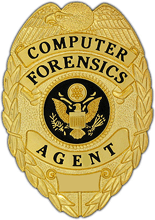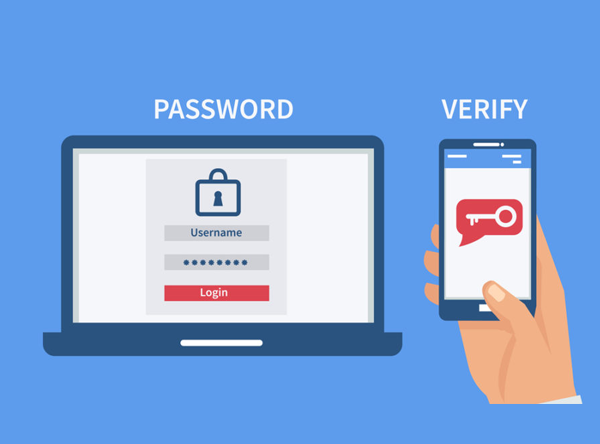Computer forensic services is a young and fast-growing discipline. The field has organically grown from the critical and important roles that computers play in our day-to-day lives. Those who are criminally responsible or negligent also use computers to commit cyber-crimes.
In the judicial system, evidence that is retrieved and accessed from computers are also considered to be highly pertinent in cases of child pornography, employment disputes, fraud investigations, forgeries, inappropriate emailing, cyber-bullying, cyber-stalking, and intellectual property thefts. Computer evidence can used to prove the malicious intent of an individual or be used to prove corporate misconduct and bring down huge corporations like it did with Enron.

Besides identifying direct evidence, computer forensics can attribute electronic evidence to specific users, corroborate alibis, determine mens rea, authenticate written material and so forth.
Computer forensics is a highly complex field and through the empowering tools of digital technologies, enables you to key-in on specific time-line of events and formulate well-traced hypotheses. The digital forensic investigative process requires that forensic examiners seize, acquire, and analyze digital data from system(s), machine(s) and network(s).
Prior to computer forensic services offered by IT companies like Fidelity IT Solutions, police agencies have always had difficulty seizing, preserving and analyzing evidence that is stored on a computer. Often times, the task of collecting and analyzing digital data was given to non-technical and in-house police personnel. This consistently resulted in fragmented, inconsistent and incomplete evidence that was often found to be insufficient and unsatisfactory in the court of law.
Law enforcement realized that there must be specific tools and processes in place, which allowed examiners to search computers for evidence without altering the data that they were trying to extract and handle. They reached out and formed a partnership with computer scientists who helped them what tools and procedures they needed to use to recover evidence. Through a technical, legal and law enforcement marriage, they helped create steps of computer forensic services and how to retrieve digital evidence:
-
Secure the computer to ensure that the both the data and equipment are safe. What this essentially means that computer forensic examiners must ensure that unauthorized individuals cannot access the computers or the data within them while they are searching for information and data.
-
Ensure that a thorough search is completed on the computer system, and ensure that encypted files are also retrieved and protected. Examiners should backup the files on the system to ensure that in case of tempering or system failure, they have access to the information. Computer forensic examiners should be working on the files that have been backed-up and stored to keep the original contents of the system preserved and in-tact.
-
Recover deleted information by using cutting-edge technologies that are able to locate deleted data. Furthermore, ensure that high-end applications are used to detect and preserve hiddden data.
-
Get access to files that are protected, through decrypting methods utilizing proprietary software.
-
Look beyond what is readily visible. Examiners will access unused computer information, which may be hiding traces of data that are pertinent to the case.
-
Document every step. It is crucial for examiners to provide proof that their investigators preserved all the information on the systems they were investigating. Proof is crucial in the court of law and in internal investigations. Without tracing the procedural protocol that you took while investigating the computer systems in question, you risk doubt on the scope of your work and evidence may be inadmissible.
-
As an expert computer forensic services provider, you may have to testify in court as an expert witness to provide information and clarify on your findings and analysts.
These steps make-up a thorough and diligent computer forensic services. Your computer forensic examiner must show that they took all of the security steps and ensure that the integrity of the data was upheld. If there is doubt cast on the quality of your work, it may derail or seriously undermine the case of the person , entity and information you are vouching for.
The highly-complex work of a computer forensic services examiners goes beyond extracting data from CDs and hard drives, they must show that they can also speak a legal language that will help in the court of law and tribunals. Many online criminals are also masterfully integrating software that is protecting them from being uncovered. While the field of criminal forensics has vastly improved, the world of hackers and online criminals is constantly trying to find loopholes.
What is Computer Forensics?
Computer forensics is the practice of recovering and investigating material found in digital devices in a way that is legally admissible. It is used to detect and prevent digital crime, and computer forensic services locate and unearth digitally stored evidence.




